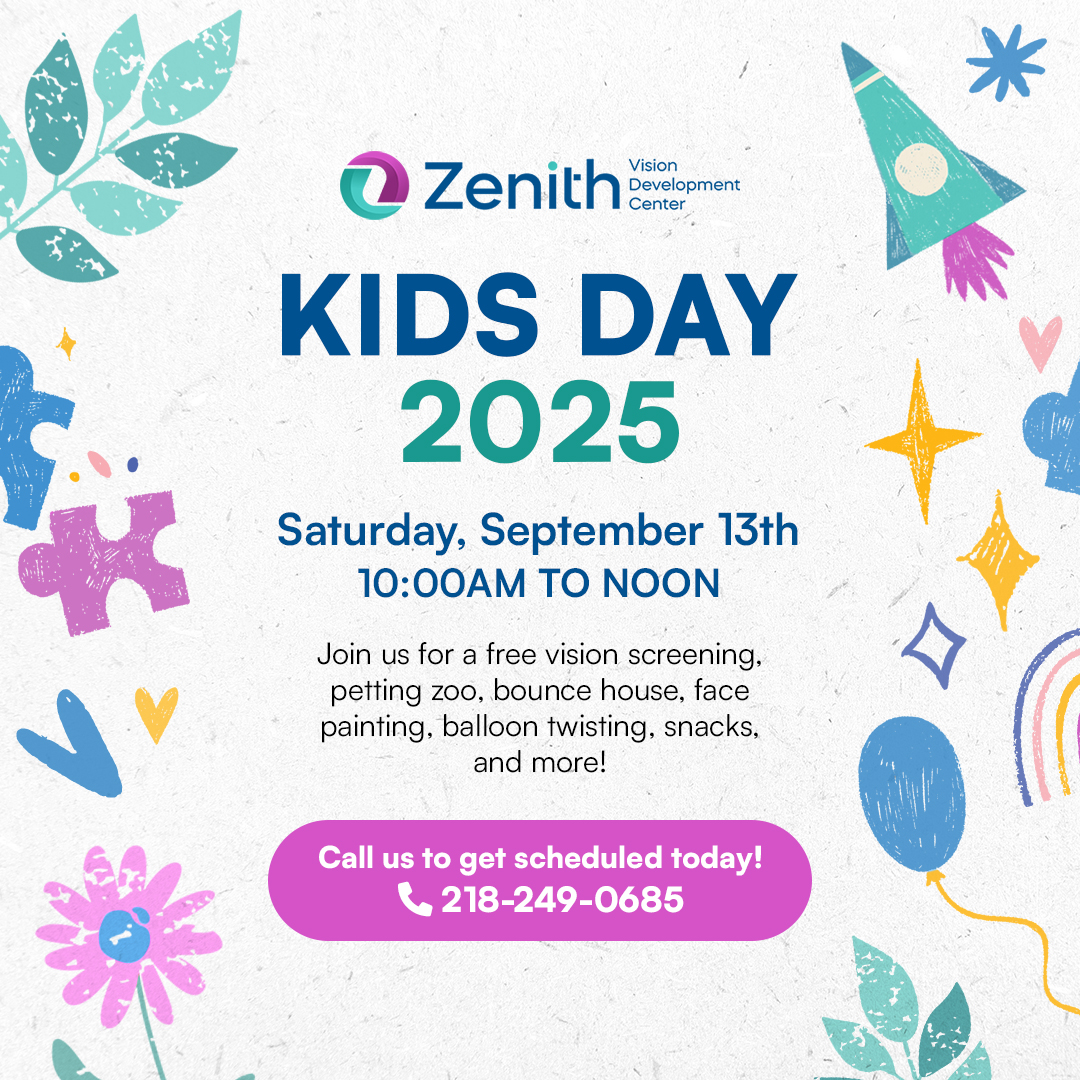Amblyopia, also known as a “lazy eye”, is described as a reduced vision in one eye compared to the other, even with glasses. There are some rare forms of amblyopia that involve both eyes. Amblyopia is the most common cause of partial or total blindness in one eye in children.
The term lazy eye is misleading because the eye is not actually lazy. In fact, it is a developmental problem in the nerve connecting the eye to the brain, affecting the brain’s ability to use both eyes together. It is not a problem in the eye itself, but in the brain which actively ignores the visual input from the misaligned eye, leading to amblyopia in that eye.
In addition to poor visual acuity, people with amblyopia are more prone to having difficulties with depth perception, eye movements related to reading, and visual decision making while driving.
Most parents assume if their child can see things in the distance then both eyes must be seeing correctly. Unfortunately, this is not always the case. A child may only be using their one good eye and ignoring the image from the eye that can't see well. These children may not be aware of the visual challenges they face because they think this is the way that everyone sees. To a child, since they are still able to see out of one eye, they don’t even know their vision is abnormal.
What Are The Causes Of Amblyopia?
Amblyopia develops in childhood due to:
Significant differences in the prescription (refractive) status between the two eyes due to nearsightedness, farsightedness or astigmatism;
Constantly misaligned eyes or crossed eyes (strabismus);
An obstruction of vision in early childhood i.e. cataract, ptosis (droopy eyelid)
It is important to note that, because amblyopia is typically a problem of vision development, symptoms of the condition can be difficult to detect. Symptoms may include noticeably favoring one eye over the other, an eye turn (either upward-downward outward or inward) or a tendency to bump into objects on one side.
The best way to identify children who are at risk for or already have amblyopia is by performing comprehensive eye examinations.
How Is Amblyopia Treated?
Amblyopia can be treatable at any age, although the earlier the problem is found and treated, the more successful the outcomes tend to be. Many children who have anisometropia or unequal vision do not know they have an eye problem because the stronger eye and the brain compensate for that shortage. Over time, the weaker eye gets progressively worse, and amblyopia develops. Unfortunately, children do not outgrow amblyopia. Thankfully, new research is confirming that it is never too late to treat an amblyopic eye.
There can be many different treatment options for amblyopia and options can differ depending on the doctor you see. Traditional treatment options typically rely on patching or the usage of atropine eye drops. Newer options include optometric vision therapy programs.









